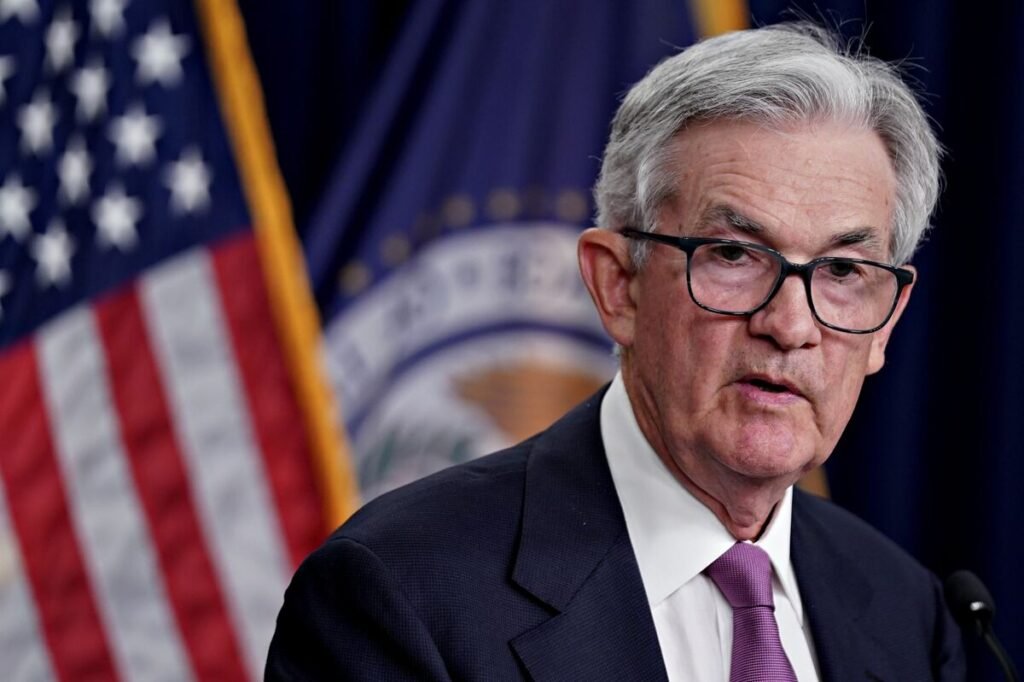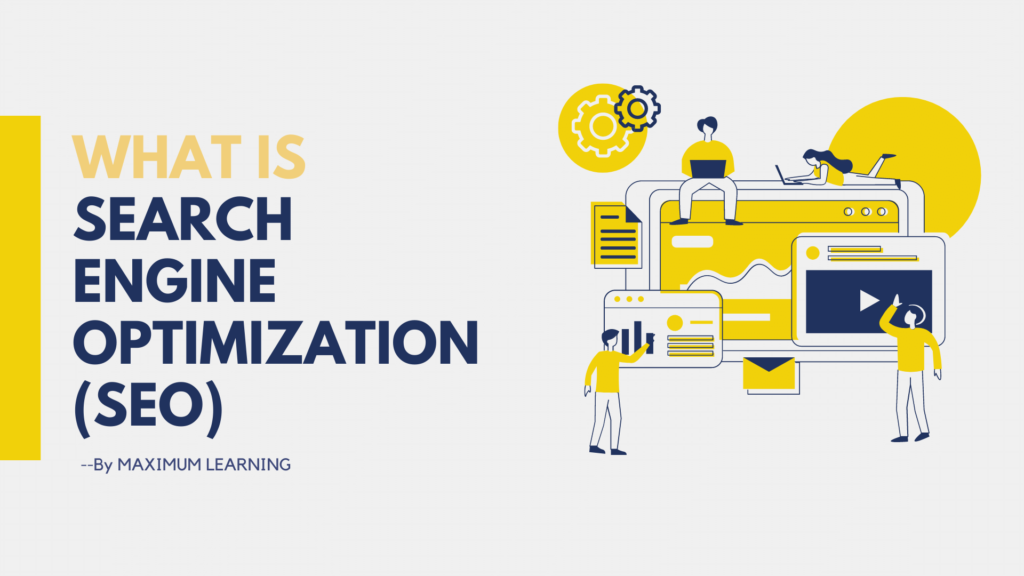The US Federal Reserve held interest rates steady on Wednesday, but indicated in new economic estimates that borrowing costs will likely rise by half a percentage point by the end of the year. The decision was made in response to a stronger-than-expected economy and a slower drop in inflation.
The decision ended a streak of ten straight rate hikes as the Fed responded to the worst outbreak of inflation in 40 years with a matched set of aggressive policy steps, including four three-quarters-point increases last year.
In an effort to balance economic risks with an ongoing battle to control inflation, the Federal Open Market Committee stated that “holding the target (interest rate) range steady at this meeting allows the committee to assess additional information and its implications for monetary policy.” The remark was made in a unanimous policy statement issued at the conclusion of its most recent two-day meeting. Further rate hikes would “take into account the cumulative tightening of monetary policy, the lags with which monetary policy affects economic activity and inflation, and economic and financial developments,” according to the statement.
The fresh predictions, which add a hawkish slant to Wednesday’s interest rate decision, show policymakers at the median expecting the benchmark overnight interest rate to rise from its current range of 5-5.25% to a range of 5.50-5.75% by the end of the year. Half of the Fed’s 18 officials pencilled in a “dot” at that level, with three expecting the policy rate to rise even higher – including one official who expects it to exceed 6%.
Two Fed officials believe rates will remain unchanged, while four believe a single quarter-point increase is acceptable. Policymakers, on the other hand, anticipate 100 basis points (1 percentage point) of rate decreases in 2024, along with rapidly declining inflation. The rate forecast and predictions, taken together, are likely to persuade investors to expect a resumption of quarter-point rate rises commencing at the next policy meeting in July.
Higher interest rates combine with a more optimistic assessment of the economy and, as a result, slower progress towards the central bank’s 2% inflation target.
Fed policymakers have more than quadrupled their forecast for 2023 economic growth to 1%, up from 0.4% in March, and now see the jobless rate rising to 4.1% by the end of the year, down from 4.5% in March.
The rate forecast and predictions, taken together, are likely to persuade investors to expect a resumption of quarter-point rate rises commencing at the next policy meeting in July.
Following the Fed decision, US markets plummeted, with the likelihood of a rate cut by the end of the year decreasing.




